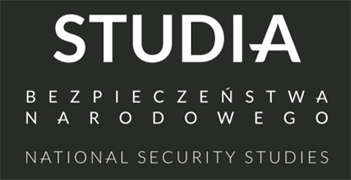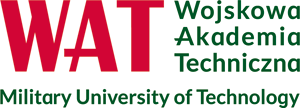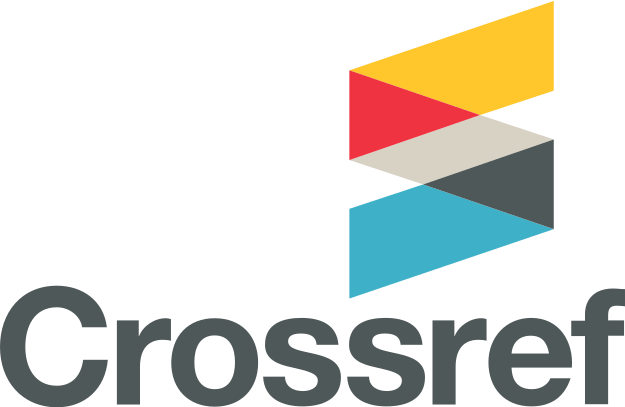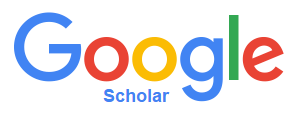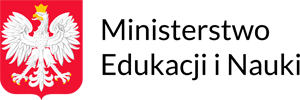Content Guidelines
We encourage you to familiarize yourself with article template.
Abstract: must be a concise description of the article (200-250 words), which must include the following elements - the purpose of the article (a brief outline of the background of the article, a statement of the study's objectives), research problems, research hypotheses, research methods (a presentation of the research methodology, an explanation of the quantitative or qualitative methods, and a description of the research instruments), results (a concise summary of the most important results obtained), and conclusions (an explanation of why the research results are significant and what key messages they convey).
Keywords: 5 words describing the content of the article.
STRUCTURE OF SCIENTIFIC PUBLICATION
Introduction: a short introduction to the problem with reference to the existing state of research, a precisely described purpose of the publication and a presentation of the research strategy with a research hypothesis and/or research question. This part should fit in the volume of about one page.
Literature verification: presentation of the most important research results on the presented topic, which include articles published in recognized Polish and foreign journals; this part must include your own assessment of existing scientific achievements and include a description of previous considerations in the discussed issues in both domestic and world literature - therefore, it should constitute an actual verification and assessment of the literature on the topic. It should fit within the volume of at least 1.5 - 2 pages.
Research methodology: a detailed description of the research procedure with an explanation of the quantitative and/or qualitative methods used and a description of the research instruments. This is the methodological part - you need to describe how the methods listed in the abstract and used in the article are used in practice, what the procedure for selecting sources is, what techniques and tools are used along with a justification of why those that were chosen were chosen and a description of the theory of these methods described in the literature. If comparative analysis was used, what criteria for comparison were used. We want to know the research methodology, not a declaration that a method, technique or tool was used. This part must fit into the volume of minimum 1 - 1.5 pages.
Results: presentation of the results obtained, if possible in graphical (charts) or tabular form.
Main content - discussion: in-depth discussion regarding the current state of research, indication of research limitations (if any) and development prospects.
Conclusions: reference to the purpose of the article stated in the introduction, emphasizing the importance of the results obtained and the innovativeness of the research or scientific contribution to the field; indication of research limitations (if any).
References: should include the scientific publications cited in the article as well as the websites and other sources used; references should be current and complete.
HARDWARE NOTE STYLE DESCRIPTION (TAYLOR & FRANCIS)
- all main words in the titles of journals and books should be capitalized;
- the page number should always be given in the quoted text (Kowalski 2023, p. 10);
- publications by the same author from the same year are distinguished in the order of publication by an alphabetical suffix placed after the year of publication (2017a, 2017b); the same suffix is used to distinguish references to a given publication in the text;
- the bibliographic list (under the heading Bibliography) contains detailed information on all sources cited in the text; each listed item must be cited in the article;
- in the case of the same author but different years of publication, list the author's items chronologically starting from the earliest date;
- in the case of the same author and the same year of publication, use the alphabetic suffix (2017a, 2017b).
JOURNAL ARTICLE | Author, A. A. and Author, B., Year. Title of the article. Journal title, volume (issue), pages. Evans, W.A., 1994. Approaches to intelligent information retrieval. Information Processing and Management, 1 (2), 147-168. |
| BOOK | Author, A., Year. Book's title. Place of publication: Publisher. Mercer, P.A. and Smith, G., 1993. Private viewdata in the UK. 2nd ed. London: Longman. |
CHAPTER | Author, A., Year. Chapter title. In: A. Editor and B. Editor, eds. Title of the book. Place of publication: Publisher, pages. Bantz, C.R., 1995. Social dimensions of software development. In: J.A. Anderson, ed. Annual review of software management and development. Newbury Park, CA: 502-510. |
PUBLISHED CONFERENCES, SEMINARS AND MEETINGS | Author, A.A., Author, & Author , C., Year. Job title. In: A. Editor, B. Editor & C. Editor (eds.), Title of the conference: information about the conference. Conference venue, conference date, parties. Eidenberger, H., Breitenender, C. and Hitz, M., 2002. A Frameworks for Visual Information Retrieval. In S-K. Chang, Z. Chen and S-Y. Lee (eds), Recent advances in visual information systems: 5th International conference, VISUAL 2002 proceesings. Hsin Chu, Taiwan, March 11-13, 2002, 105-116. |
WEB DOCUMENT | Author, A., Year. Document title [online]. Source. Available at: URL [accessed:]. Holland, M., 2004. Guide to citing Internet sources [online]. Poole, Bournemouth University. Available at: http://www.boumemouth.ac.uk/library/using/guide_to_citing_intemet_sourc.html [accessed: November 4, 2004]. |
NEWPAPER ARTICLE | Author, A. (or Title of Newspaper), Year. Title of article. Title of Newspaper, day Month, page, column. Independent, 1992. Picking up the bills. Independent, June 4, p. 28a. |
DIPLOM THESIS | Author, A., 1995. Title of the thesis. Type of work (degree). University. Agutter, A.J., 1995. The linguistic significance of current British slang. Thesis (PhD). Edinburgh University. |
NORMATIVE ACTS | Act of 3 July 2002 - Aviation Law (Journal of Laws of 2013, item 1393), chapter 1, art. 2, point 2. Commonwealth of Australia, A., 2001. Corporations Act 2001 [online]. Available at: http://www.legislation.gov.au/Details/C2017C00328 [accessed: March 30, 2018]. |
We process personal data collected when visiting the website. The function of obtaining information about users and their behavior is carried out by voluntarily entered information in forms and saving cookies in end devices. Data, including cookies, are used to provide services, improve the user experience and to analyze the traffic in accordance with the Privacy policy. Data are also collected and processed by Google Analytics tool (more).
You can change cookies settings in your browser. Restricted use of cookies in the browser configuration may affect some functionalities of the website.
You can change cookies settings in your browser. Restricted use of cookies in the browser configuration may affect some functionalities of the website.
